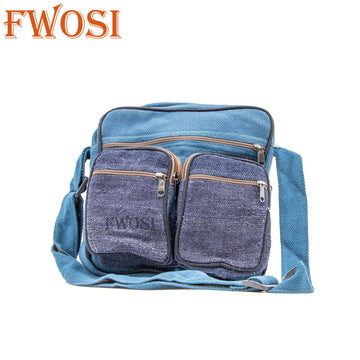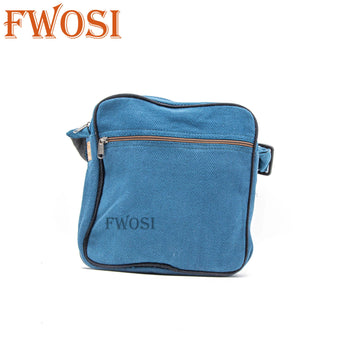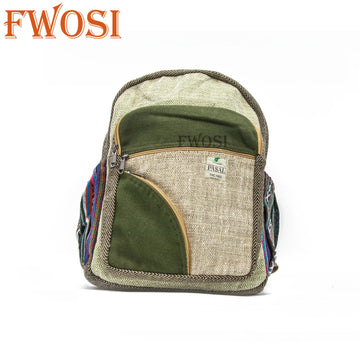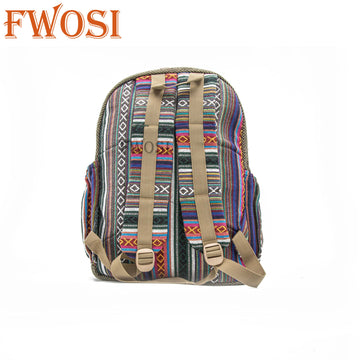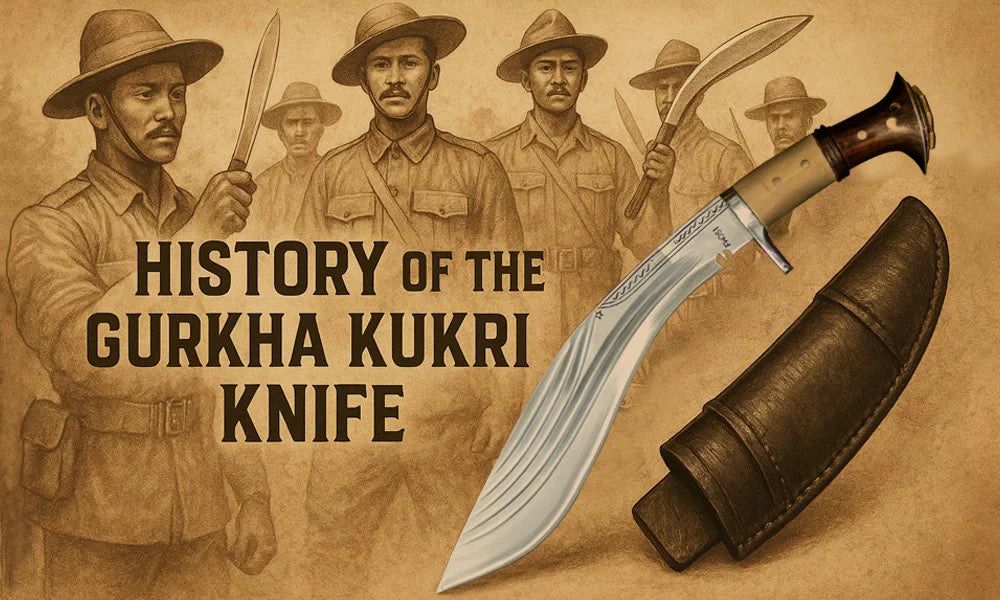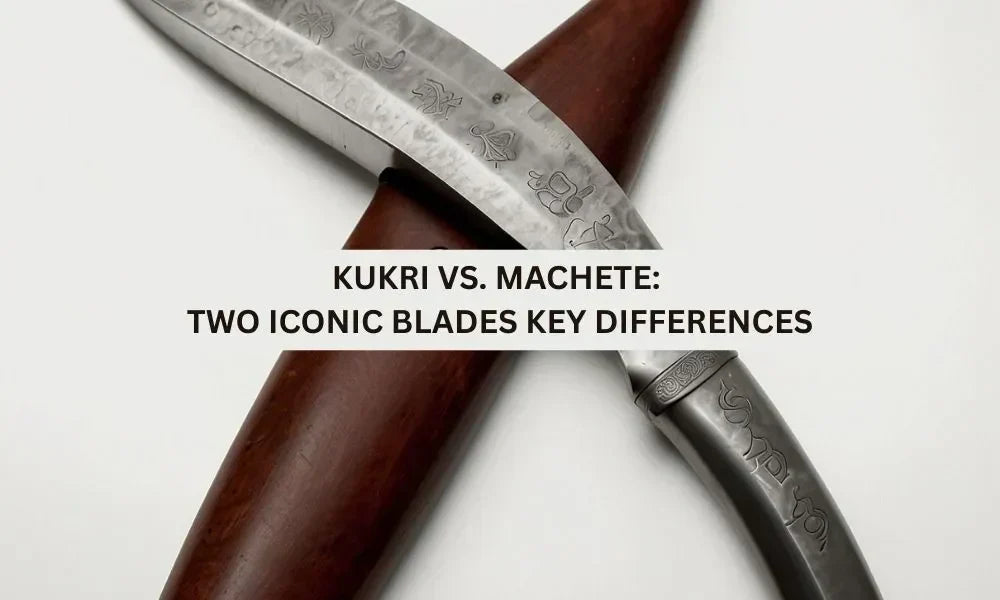-
Where to Buy a Machete: Safe & Trusted Online Store
Key Highlights: Learn where to buy a machete safely from verified online stores. Understand what makes the best machete — materials, balance, and purpose. Discover FWOSI’s hand-forged machetes, crafted for performance and style. Buying from FWOSI ensures quality, security, and global shipping confidence. Choose a machete that fits your outdoor, survival, or collector needs. Looking to buy a machete but not sure where... -
Kukri Khukuri - Everything You Need to Know
Key takeaways: Kukri khukuri blends cultural heritage with practical utility in a curved blade. Key parts include the cho notch, karda, chakmak, and full-tang kukri blade. It’s effective as a tool and a weapon—ideal for chopping, carving, and self-defense. Authentic kukris should have high-carbon steel, durable tang and traditional crafting—like those from FWOSI. Know your needs—whether you're collecting, camping, or preparing for survival, there’s... -
History of the Gurkha Kukri Knife
Key takeaways: The Gurkha kukri knife is both a historical weapon and a cultural artifact from Nepal. It played a pivotal role in military history, especially with the legendary Gurkhas. The kukri's curved design enhances chopping strength, making it useful for combat and utility. Modern kukris range from ceremonial showpieces to field-grade kukri machetes. FWOSI offers hand-forged Nepalese kukris that retain traditional craftsmanship and... -
Is a Machete an Effective Weapon? Myths & Realities
Key takeaways: Machetes are tools first, with strong chopping ability and outdoor utility. Historically used in rebellions and jungle warfare, they served as improvised weapons. A kukri machete offers more combat design than traditional machetes. Legality varies by region — know your local laws before using one for defense. For controlled performance, blade size and build quality matter most. 🔊 Play Narration ⏸️ Pause... -
Kukri vs. Machete: Two Iconic Blades Key Differences
The debate of kukri vs machete is a popular one among outdoor enthusiasts, survivalists, and blade collectors. While both tools are made for chopping and cutting, their shape, origin, and use give them distinct identities. Some even refer to the kukri machete as a hybrid, but in reality, each blade serves its own purpose. When comparing a kukri vs machete, the main difference lies...


